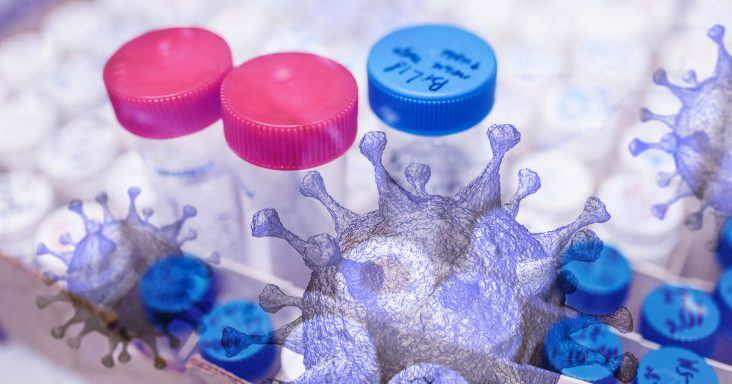COVID-19 cases set new one-day record, some hospitals ‘on the edge’ with capacity
by July 11, 2020 6:29 pm 1,584 views

New known COVID-19 cases in Arkansas reported Saturday (July 11) topped 1,000 for the first time since the pandemic hit the state, with Arkansas’ former surgeon general saying “we are at a precipice of losing control of this virus.”
Known COVID-19 cases totaled 27,864 on Saturday, up 1,061 from Friday, according to the Arkansas Department of Health. Active cases spiked almost 9%, from 5,847 on Friday to 6,355 reported Saturday. Deaths rose from 313 to 319. The state has reported 4,992 new cases since July 1, a 22% increase.
Gov. Asa Hutchinson said the rise in new cases could be tied to July 4 festivities.
“The record number of new cases is very concerning and may be the result of the July 4th celebrations, but regardless it is a reminder of the challenge we continue to face. As we dig deeper into the data I will have further comments on Monday,” he said in a statement to Talk Business & Politics.
The top five counties with the most known active community cases are Pulaski (803), Washington (737), Benton (511), Sebastian (309), and Faulkner (248). Hot Spring County has 774 active cases, but most of those are inmates and staff in the Ouachita River Unit of the Arkansas Department of Corrections in Malvern.
Dr. Joe Thompson, president and CEO of the Arkansas Center for Health Improvement (ACHI) and former Arkansas Surgeon General, said if the rate of infection grows, Gov. Hutchinson “will have no option except to shut down (the economy) again.” He also said hospital capacity concerns could result in “hard decisions” about who gets access to all treatment options. Thompson said taking steps that result in 80% or more Arkansans using masks would go a long way to contain the spread.
“This is a simple equation. If people want to have a future that is a new future, but an enjoyable future, wear a facial covering when you are in public,” Thompson told Talk Business & Politics.
Thompson said Europe has about 5,000 new cases a day and have about 33% more people than the United States which is reporting between 55,000 and 60,000 cases a day. He said a big reason Europe has contained the spread is because they have placed more focus on wearing masks.
The sentiment was similar from University of Arkansas for Medical Sciences Chancellor Dr. Cam Patterson. He said Friday on Arkansas Week, a weekly television news program produced by Arkansas PBS, “a more dedicated federal response” is needed to provide testing materials and personal protective equipment. He also said political leadership must do more to push mask use, and called for a statewide “uniform policy for masking.”
“We really need a true North right now in terms of what is required socially for Arkansas to flatten that curve, and to allow us to do the things we need to do as a society,” Patterson said.
Patterson also noted that no place around the world has opened schools during a time of rising infections. Gov. Hutchinson announced July 9 that K-12 schools will open the week of Aug. 24. Patterson also said the UAMS system is “on the edge with respect to our ability to manage patients” with COVID, and the ICU space in Little Rock is “completely full.”
On Saturday after seeing the one-day new case number top 1,000, Patterson tweeted “Statewide mandatory masking.” Patterson will be a guest on Sunday’s edition of Talk Business & Politics, which airs statewide.
Capacity is also a problem in the Fort Smith metro. Officials from Mercy-Fort Smith and Baptist Health Fort Smith said intensive care units at both hospitals were at capacity, though overflow areas were available. Dr. David Hunton, president of Mercy Clinic-Fort Smith, said the ICU at Mercy was full with 32 patients, half of which are COVID patients, but they have surge capacity elsewhere. The Baptist ICU is also full, but a spokesperson said the hospital has a second ICU specifically for COVID patients still has some capacity.
UAMS reported July 7 that COVID-19 cases in Arkansas could reach 150,000 in late October, with hospitalizations ranging between 2,794 and 4,650. The modeling, from the Fay W. Boozman College of Public Health at UAMS, estimated 35,000 known cumulative COVID cases by July 10, or 30,000 by July 12 using more conservative estimates.
